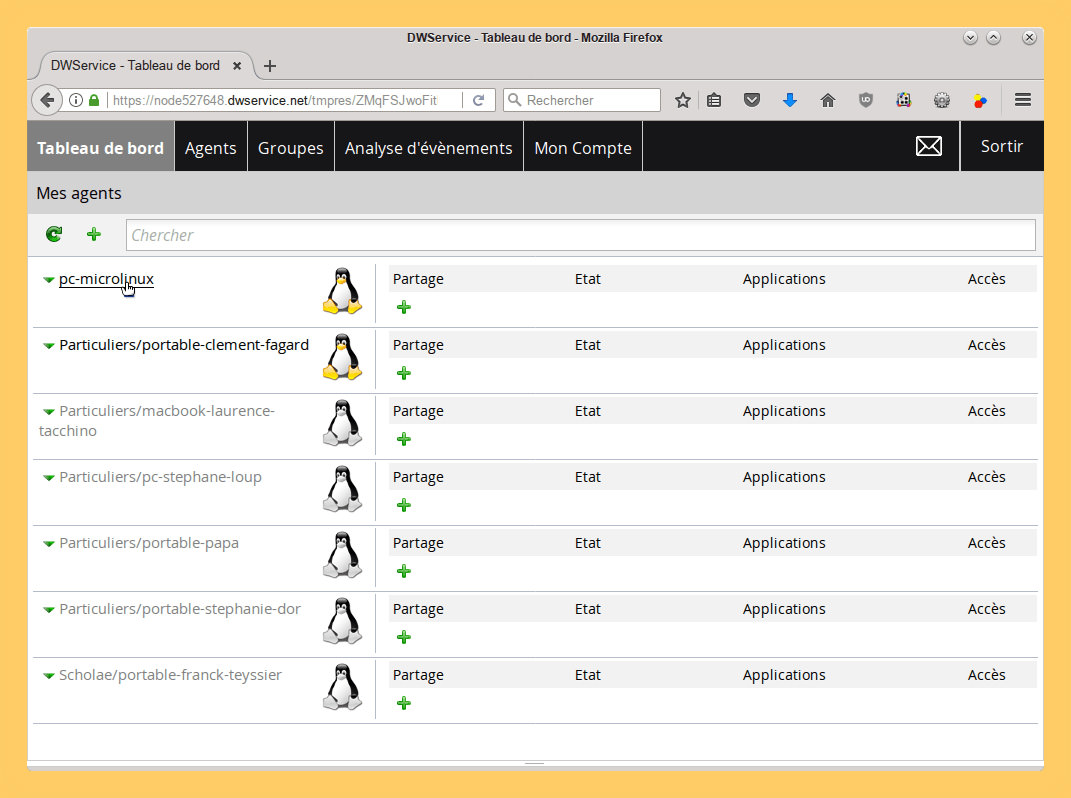
You’ll have to define a new connection before connecting with the VNC Connect client by manually entering the IP address of your VNC server. We recommend it for remotely accessing all kinds of graphical work on the Pi, especially if you use Raspbian, as the server software now comes preinstalled. The client performs decently with other servers but works best when paired with its own. Once it’s installed, you’ll find the TightVNC Viewer in your Start menu.If transferring files is imperative to your remote access, then there’s no better option than VNC Connect. TightVNC includes a VNC client – you can install TightVNC on another computer and deselect the server option in the install process to only install the viewer. With a VNC server running on the remote computer, you can use a VNC client on another computer to connect. Read More: How To Easily Access Your Home Network From Anywhere With DDNS.

Internet service providers often change the IP address assigned to home networks, which means that you may be unable to connect to your home computer if your home IP address changes. You may also want to set up a dynamic DNS hostname for your home network. Read More: How To Forward Ports on Your Router.This process is different on every router, but you’ll have to use your router’s web interface to forward ports. If you want to connect to it from the Internet, you’ll have to do a few more things.įirst, you’ll need to forward the VNC server’s port on your router. Your computer is now running a VNC server, so you’ll be able to connect to it from other computers on your local network. You may also want to change the Web Access port for the same reason - or disable web access entirely. People scanning for open VNC servers will try t o connect at port 5900, ut generally won’t notice VNC servers running on other random ports, such as 34153. The default port used for VNC is 5900 – you can increase your security by changing it to another port.



One important setting you’ll want to change is the ports TightVNC uses. You can use the TightVNC Service – Control Interface option in your Start menu to configure your server. After the quick installation process, TightVNC will now be running on your computer.


 0 kommentar(er)
0 kommentar(er)
